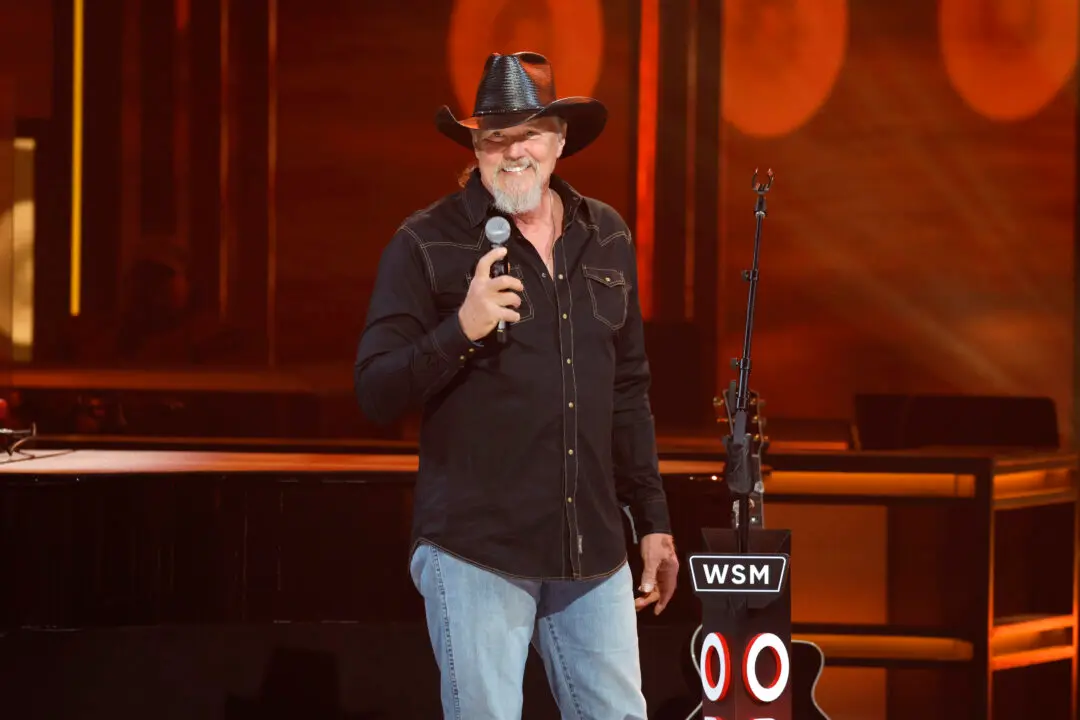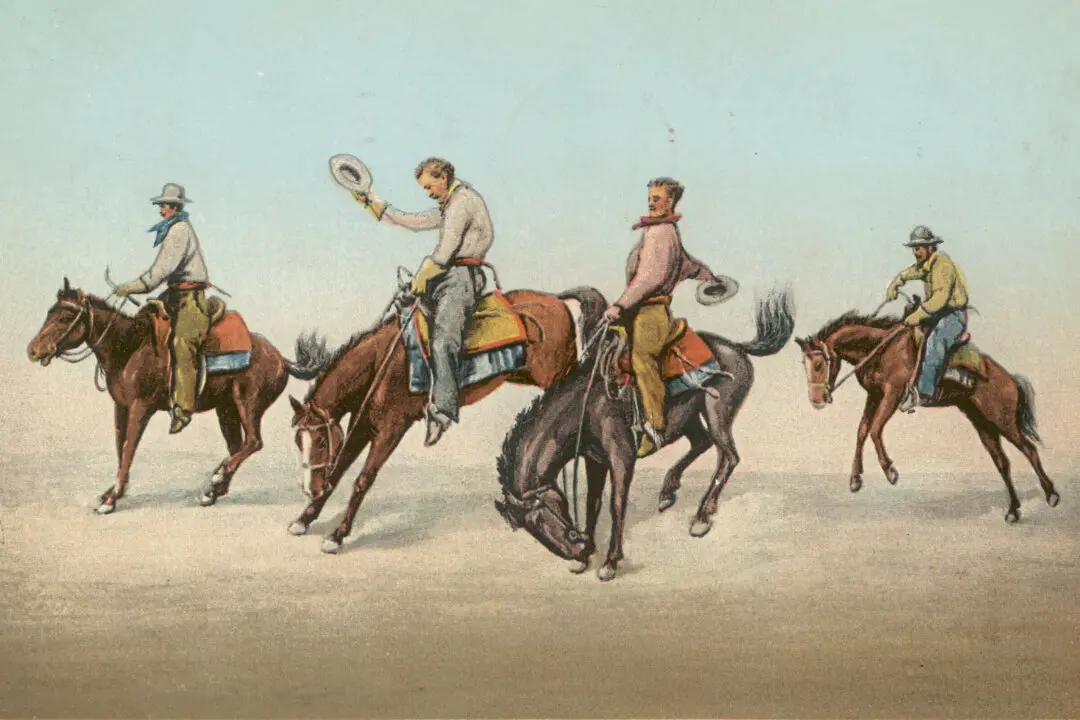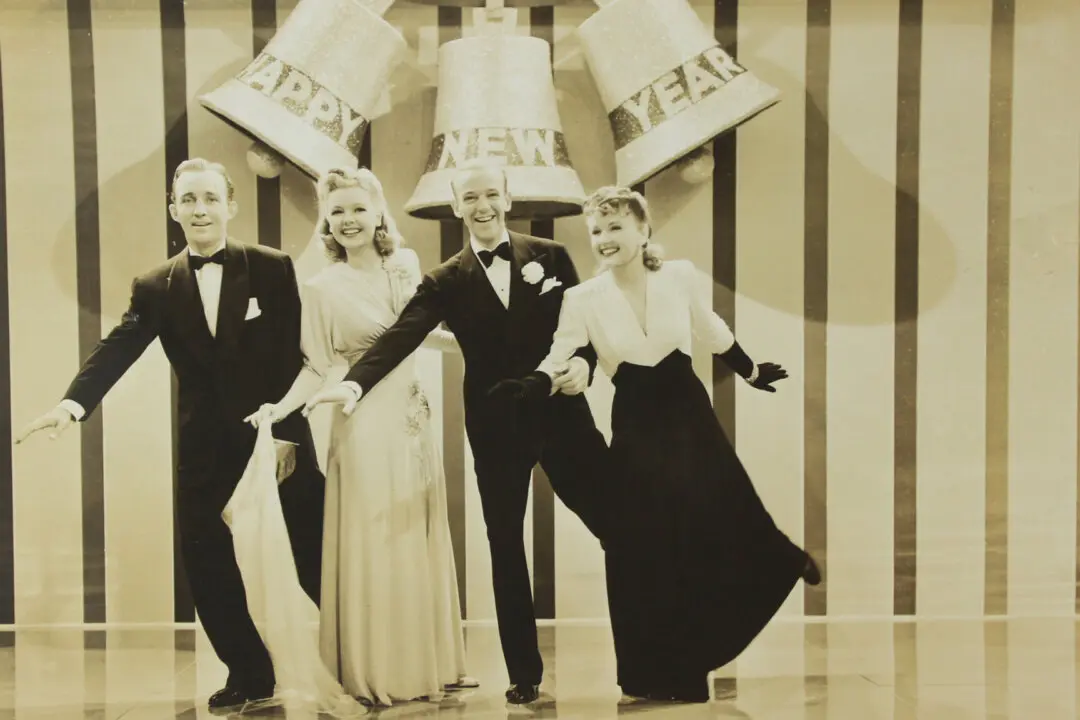When Frank Dominguez took his lunch break to check his classical radio station’s monthly Nielsen ratings report for January 2022, he couldn’t believe his eyes. Dominguez, station manager for WDAV in Charlotte, North Carolina, thought there had to be a glitch in the reporting. The small college radio station dedicated to classical music was listed as the No. 1 radio station in Charlotte. To get this rank, WDAV had to beat out several popular stations playing today’s biggest hits.
So how did this happen?





